Related Research Articles
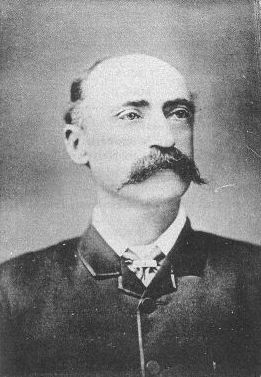
William Ernest Powell Giles, best known as Ernest Giles, was an Australian explorer who led five major expeditions to parts of South Australia and Western Australia.

German New Guinea consisted of the northeastern part of the island of New Guinea and several nearby island groups and was the first part of the German colonial empire. The mainland part of the territory, called Kaiser-Wilhelmsland, became a German protectorate in 1884. Other island groups were added subsequently. The Bismarck Archipelago, and the North Solomon Islands were declared a German protectorate in 1885. The Caroline Islands, Palau, and the Mariana Islands were bought from Spain in 1899. German New Guinea annexed the formerly separate German Protectorate of Marshall Islands, which also included Nauru, in 1906. German Samoa, though part of the German colonial empire, was not part of German New Guinea.

Ralph Tate was a British-born botanist and geologist, who was later active in Australia.

Julian Edmund Tenison-Woods, commonly referred to as Father Woods, was an English Catholic priest and geologist who served in Australia. With Mary MacKillop, he co-founded the Sisters of St Joseph of the Sacred Heart at Penola in 1866.
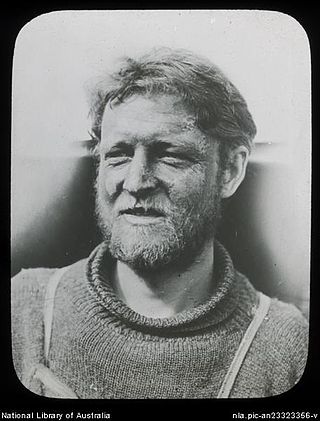
Cecil Thomas Madigan was an Australian explorer and geologist, academic, aerial surveyor, meteorologist, author and officer of the British army. He was born in Renmark, South Australia. His family had associations with William Benjamin Chaffey.
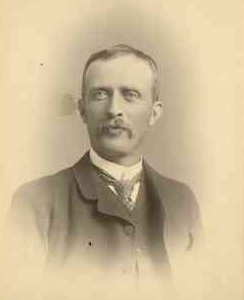
Henry Yorke Lyell Brown FGS was an Australian geologist.
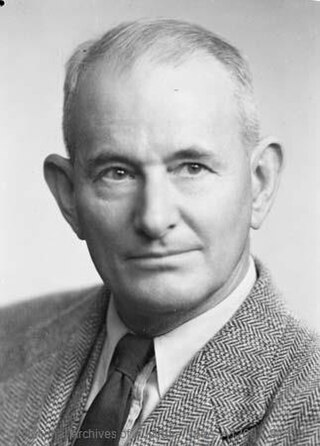
Charles Pearcy Mountford OBE was an Australian anthropologist and photographer. He is known for his pioneering work on Indigenous Australians and his depictions and descriptions of their art. He also led the American-Australian Scientific Expedition to Arnhem Land.
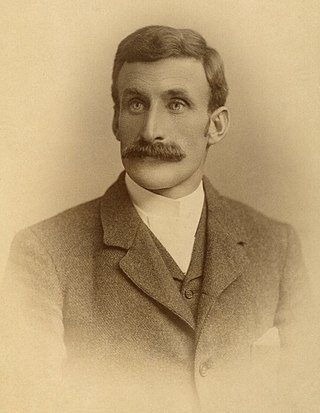
Lawrence Allen "Larry" Wells, frequently spelled Laurence Allen Wells, was an Australian explorer.
Charles Warren Bonython, AO was an Australian conservationist, explorer, author, and chemical engineer. A keen bushwalker, he is perhaps best known for his role, spanning many years, of working towards the promotion, planning and eventual creation of the Heysen Trail. His work in conservation has been across a range of issues, but especially those connected with South Australian arid landscapes.
James William Jones ISO was a South Australian surveyor and senior public servant.
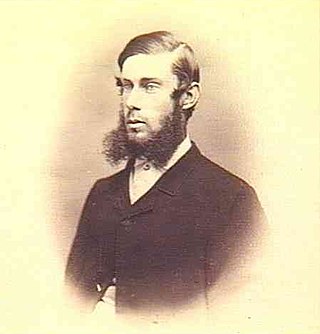
Joseph Sylvester O'Halloran, was Secretary of the Royal Colonial Institute 1883 to 1909.
Mount Unapproachable is an isolated mountain in the Northern Territory of Australia located in the locality of Petermann on the northern side of Lake Neale in the territory's southwest. It is about 505 metres (1,657 ft) above sea level. The area is remote: the nearest towns are Kaltukatjara some 116 kilometres (72 mi) away, Kintore some 135 kilometres (84 mi) away and Yulara 138 kilometres (86 mi) away. The mountain is mostly made of sandstone.
Bloods Range is a mountain range in central Australia, stretching roughly east to west across the border between the Northern Territory and Western Australia. It consists of several sets of hills, separated by valleys; the two main valleys are formed by the Hull and Docker Rivers. There are numerous ravines and gorges all throughout the hills. Bloods Range connects with the Petermann Ranges at its western end. In the centre are Mounts Harris (840 m) and Carruthers (1000 m), which are the highest peaks. Further east, the range splits into several branches, including the Rowley Range, McNichol's Range and the Pinyinna Range.
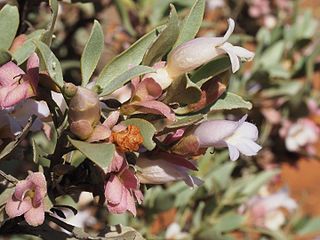
Eremophila tietkensii is a flowering plant in the figwort family, Scrophulariaceae and is endemic to Australia. It is a rounded to flat-topped shrub with grey-green leaves, usually pinkish-purple sepals and mauve, pink or lilac-coloured petals. It is mostly found in Western Australia but also occurs in the far west of the Northern Territory.
The New Guinea Exploration Expedition of 1885 was a scientific, collecting and anthropological expedition sent by the Geographical Society of Australasia to the Fly River region of Papua New Guinea. The expedition lasted for six months from 10th June to 3rd December 1885, of which five months were spent in New Guinea. They named and explored the Strickland River, and made vast biological discoveries, including numerous species.

Charles George Alexander Winnecke was an Australian explorer and botanist best known for leading the Horn Expedition to Central Australia in 1894.

The York Gate Library is a library located in Adelaide, Australia, which was originally created by Stephen William Silver (William), a resident of 3 York Gate, London during the latter part of the nineteenth century. Silver, with his brother Hugh Silver ran S. W. Silver and Co., a company which grew from supplying clothes to people emigrating to the British colonies as well as the civil and military authorities. Following the death of William in 1905, the library was bought by the South Australia branch of the Royal Geographical Society of Australasia and taken to Adelaide where it was housed in the State Library of South Australia.
Charles James Sanders was a South Australian surveyor.
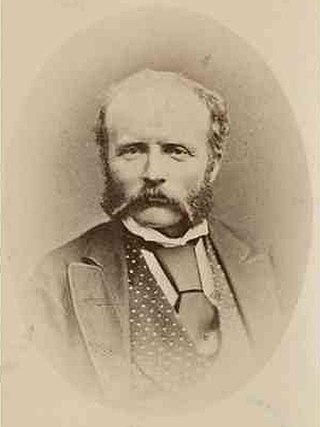
The Tietkens expedition of 1889 was led by William Tietkens. It covered territory west of Alice Springs to the vicinity of the Western Australian border.
Charles Albert Edward Fenner was an Australian geologist, naturalist, geographer and educator.
References
- ↑ "News of the Day". The Age . No. 8889. Victoria, Australia. 14 August 1883. p. 5. Retrieved 19 February 2018– via National Library of Australia.
- ↑ "Royal Geographical Society of Australasia. New South Wales Branch", Trove, 2008, retrieved 19 February 2018
- ↑ Mann, John F. (John Frederick); Royal Geographical Society of Australasia. New South Wales Branch (1889), First report on New Guinea, Turner and Henderson, retrieved 19 February 2018 and Mann, John F. (John Frederick); Royal Geographical Society of Australasia. New South Wales Branch (1890), Continuation of Mr. Mann's report on New Guinea, Turner and Henderson?, retrieved 19 February 2018
- ↑ "Royal Geographical Society of Australasia. New South Wales Branch - Further records, 1883-192-". State Library of New South Wales . Retrieved 19 February 2018.
- ↑ Henderson, Kelly. "York Gate Geographical and Colonial Library" (PDF). www.icomos.org. ICOMOS. Retrieved 3 February 2019.
- ↑ "Geographical Society of Australasia". The South Australian Advertiser . Adelaide. 11 July 1885. p. 5. Retrieved 29 October 2014– via National Library of Australia.
- ↑ "Chiefly Over The Week-end". The Chronicle . Vol. 89, no. 5, 045. South Australia. 29 August 1946. p. 22. Retrieved 22 August 2016– via National Library of Australia.
- ↑ "Nearly a Centenarian". The Advertiser (Adelaide) . South Australia. 27 April 1914. p. 15. Retrieved 1 March 2020– via Trove.